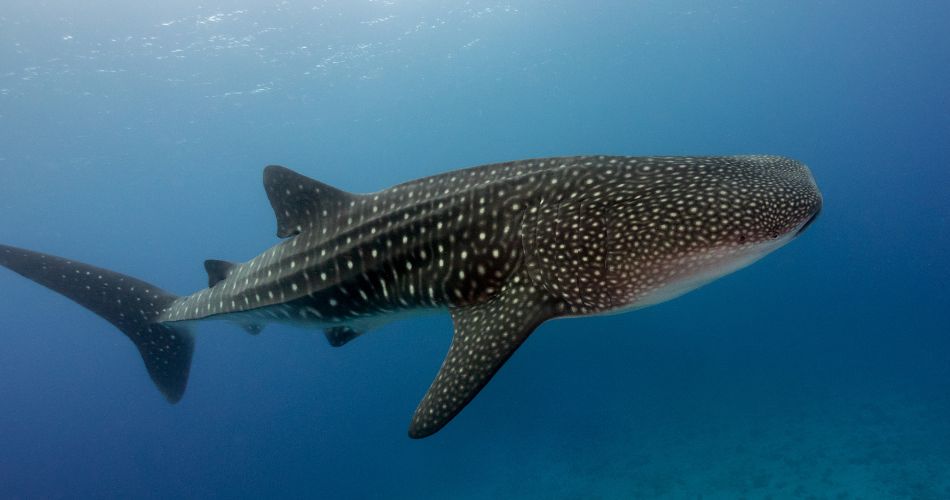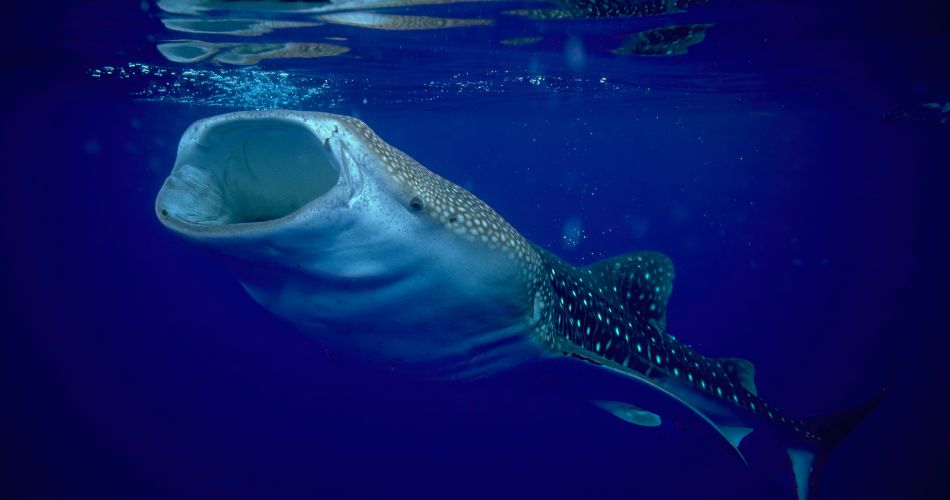International Whale Shark Day is celebrated on August 30 each year, inviting people everywhere to learn about the world’s largest fish and the simple actions that help keep it safe in the wild.
History of International Whale Shark Day
As an observance, International Whale Shark Day grew from conservation messaging that set a fixed annual date—August 30—to focus public attention on the species’ role in ocean health and the pressures it faces. Guides and explainer pieces frame the day as a chance to understand the animal itself and the practical ways ordinary people can contribute to its protection.
Popular calendars place the observance’s start in 2012, and since then aquariums, NGOs, and community pages have kept August 30 on the map with posts, events, and simple “learn-and-share” prompts. That steady, grassroots promotion is why the day now appears widely in listings and annual roundups.
Why is International Whale Shark Day important?
Whale sharks are gentle, filter-feeding giants that cruise nutrient-rich waters, hoovering up plankton; seeing them is often a sign of a thriving ecosystem. Marking the day nudges us to look beyond the spectacle and notice how these animals fit into the bigger picture of ocean balance, migration, and biodiversity.
It’s also a reminder that even huge creatures can be vulnerable. Overfishing, bycatch, vessel strikes, pollution, and unmanaged tourism contribute to their decline, which is why awareness, better choices, and responsible encounters matter. A single day won’t solve everything, but it keeps the conversation practical and hopeful.
- It makes ocean conservation feel personal and doable.
- It spotlights a species whose size inspires wonder, not fear.
- It connects everyday habits with marine health.
- It encourages responsible tourism instead of “chase the selfie.”
- It keeps long-term protection in public view.
Interesting facts about whale sharks

- The whale shark is a shark, not a whale, and it’s the largest fish on Earth; the biggest confirmed individual measured 18.8 m (61.7 ft). 1
- It is listed as Endangered on the IUCN Red List (status updated in 2016), with major declines over recent decades.
- Each whale shark’s spot pattern is unique, allowing researchers to identify individuals—often using a NASA star-pattern algorithm adapted for photos.
- Whale sharks have a global tropical–warm temperate distribution, typically between 30°N and 35°S, and are recorded across the Atlantic, Indian, and Pacific Oceans.
- They are filter feeders that use suction or ram feeding; opening the mouth increases drag, so sharks boost swimming effort while feeding.
- The largest aggregation recorded—~420 whale sharks—occurred off Mexico’s Yucatán in 2009, where they were documented feeding on fish eggs (little tunny).
- Whale sharks make long migrations; one tagged female traveled >20,000 km across the Pacific from Panama to the Mariana Trench.
- Reproduction is ovoviviparous: a single pregnant female examined in Taiwan (1995) carried >300 embryos; pups are about 40–60 cm at birth.
- Longevity is high—growth bands in vertebrae form annually, and validated studies indicate lifespans of at least ~50 years (possibly longer).
- Ship strikes are an emerging, likely under-reported threat that can help explain continuing declines despite protections; recent work maps collision-risk hotspots.
- Their mouth is terminal (front-facing) with specialized filter pads; despite thousands of tiny teeth, they’re harmless to people. 2
- Major seasonal hotspots like Ningaloo Reef (Australia) are studied with satellite/acoustic tags to track movements and diving behavior.
- They swim slowly on average (~3 mph), matching the unhurried pace seen at surface feeding sites.

How to celebrate International Whale Shark Day
Keep it simple and useful. Read a short article about whale sharks and share one clear fact with a friend or kid in your life; that’s how good information travels. If you’re near an aquarium that supports research, plan a visit, or spend ten minutes exploring reputable conservation sites and saving them to your bookmarks.
If you live near the coast or plan a trip, choose operators who follow strict wildlife-friendly practices—no crowding, no touching, careful boat handling—and consider supporting projects that track and study individuals by their unique spot patterns. Small donations and thoughtful shares do add up.
- Swap one single-use plastic today for a reusable alternative.
- Share a verified whale shark fact on your social feed.
- Add a conservation group to your monthly micro-donations.
- Teach a child how every spot pattern is unique, like a fingerprint.
- Learn what makes a tour operator “responsible” before you book.
International Whale Shark Day Dates Table
| Year | Date | Day |
|---|---|---|
| 2026 | August 30 | Sunday |
| 2027 | August 30 | Monday |
| 2028 | August 30 | Wednesday |
| 2029 | August 30 | Thursday |
| 2030 | August 30 | Friday |
- https://www.fisheries.noaa.gov/feature-story/new-publication-highlights-whale-shark-movements-gulf-mexico[↩]
- https://www.boem.gov/newsroom/ocean-science-news/whale-shark-whale-fish[↩]
Subscribe to our newsletter and never miss a holiday again!

